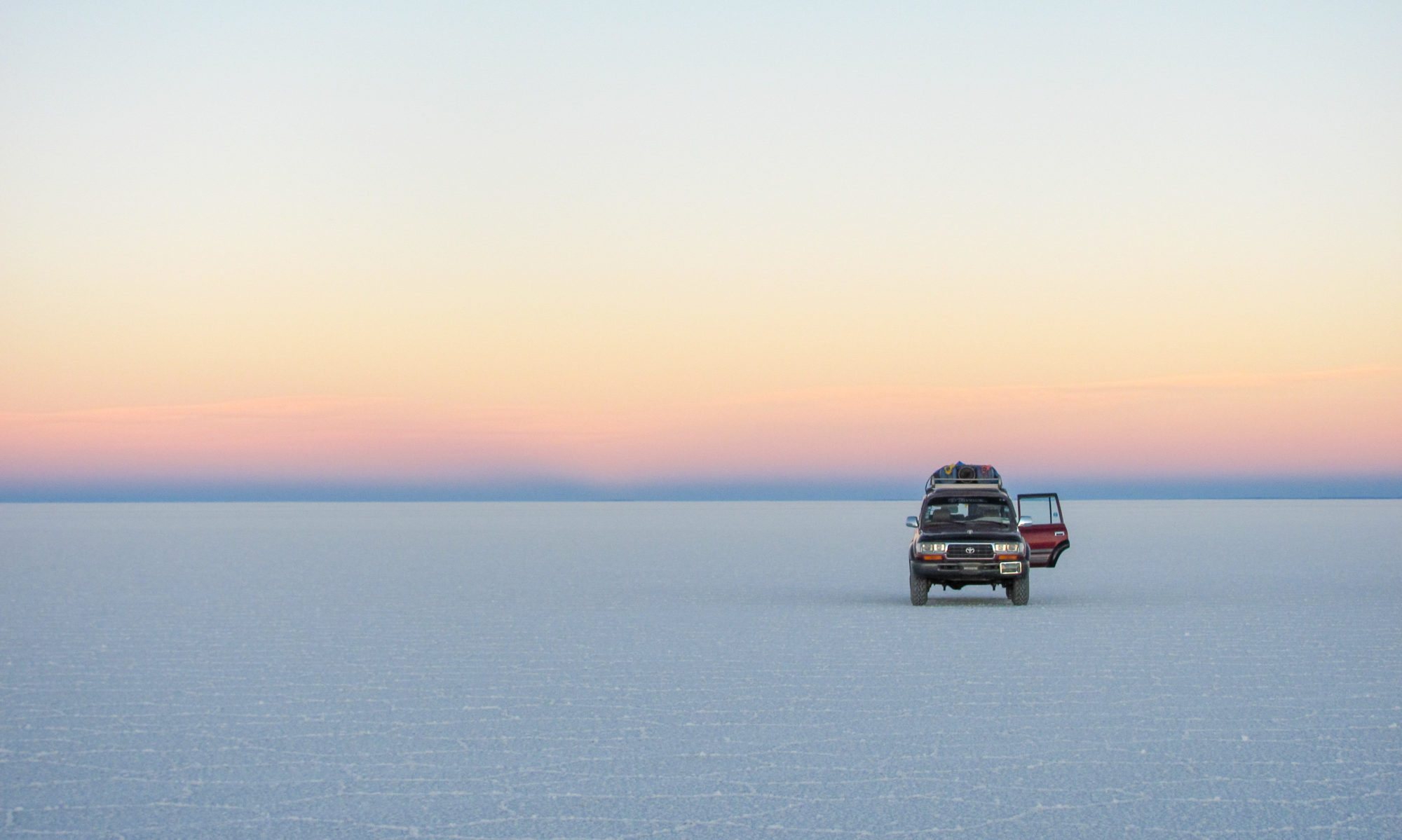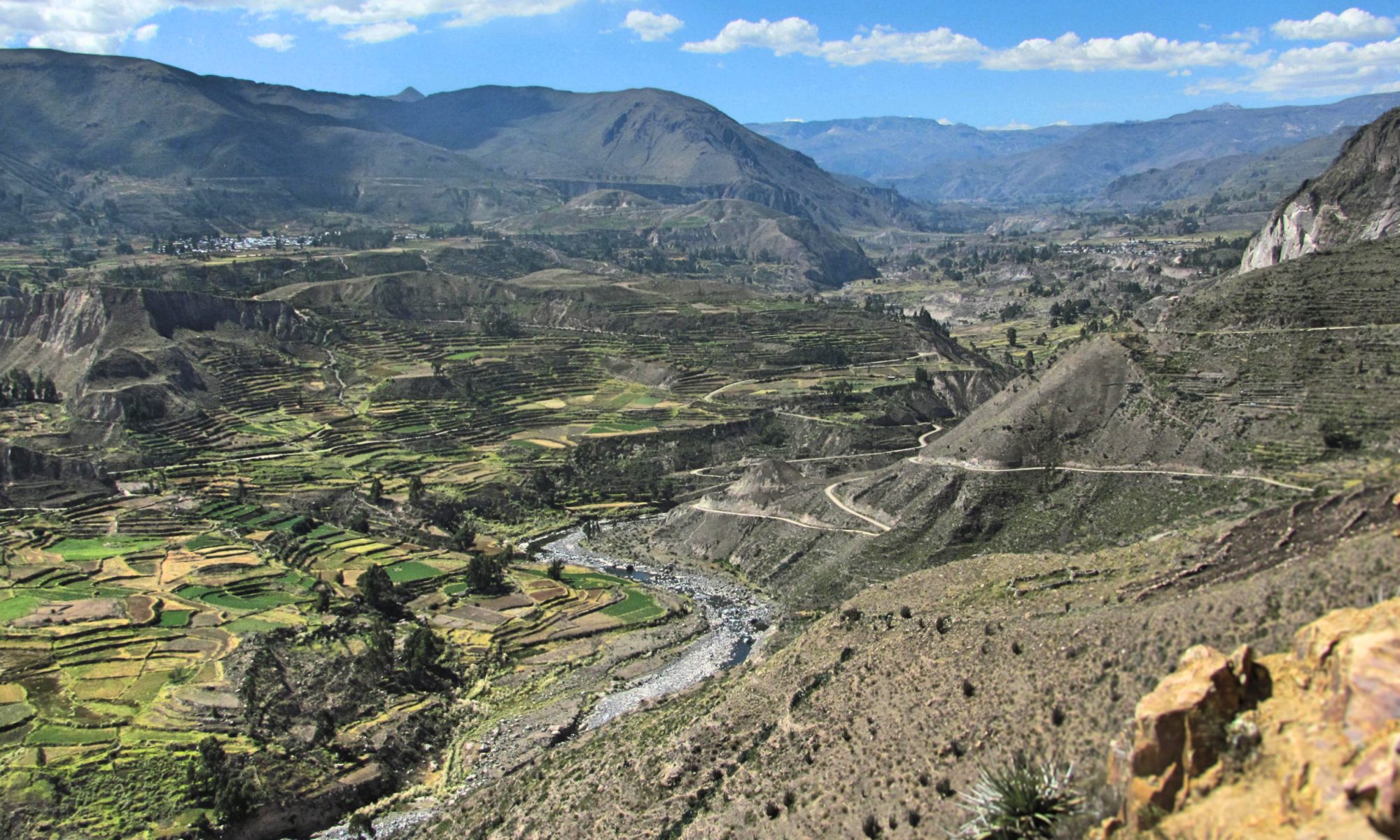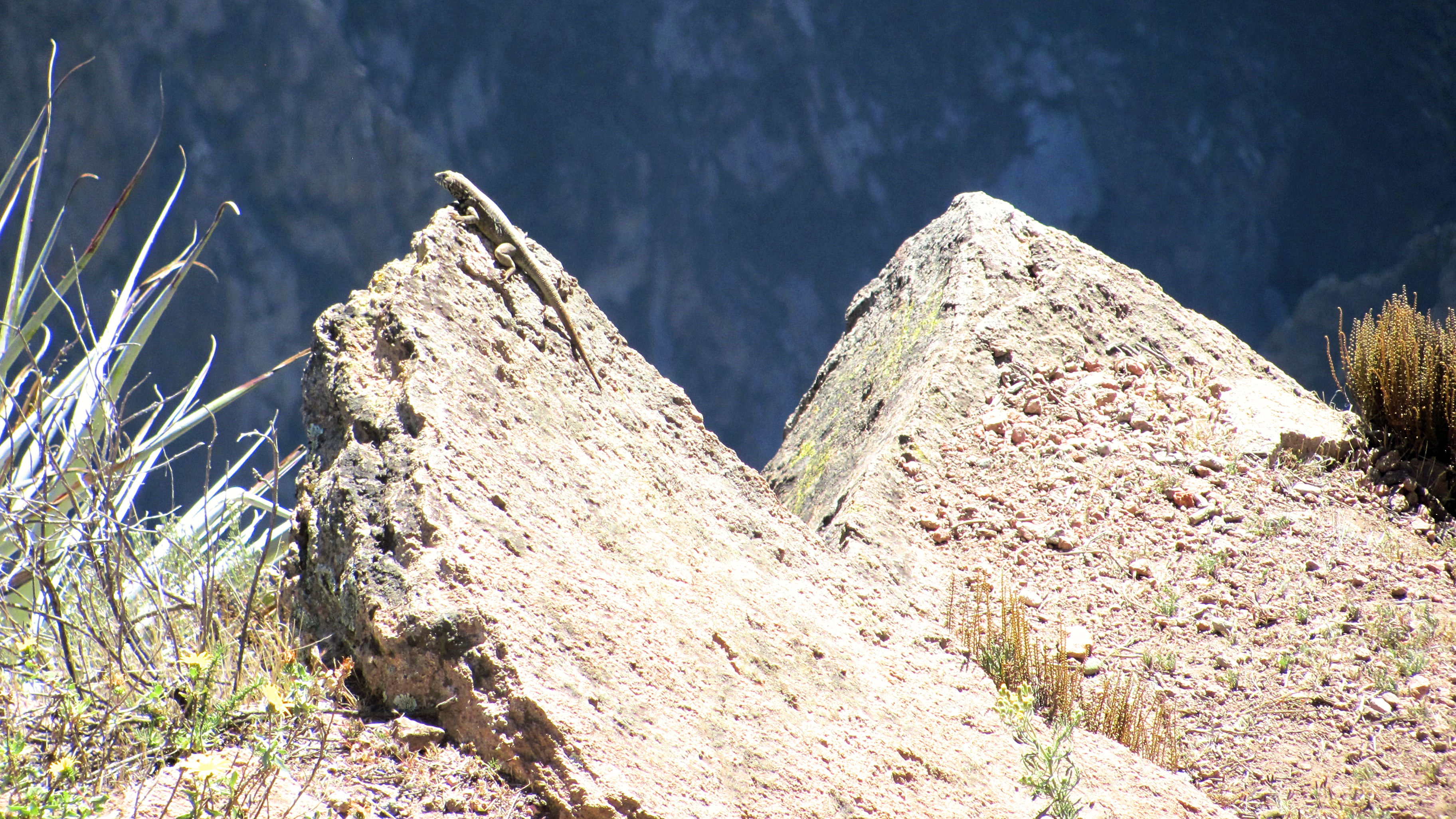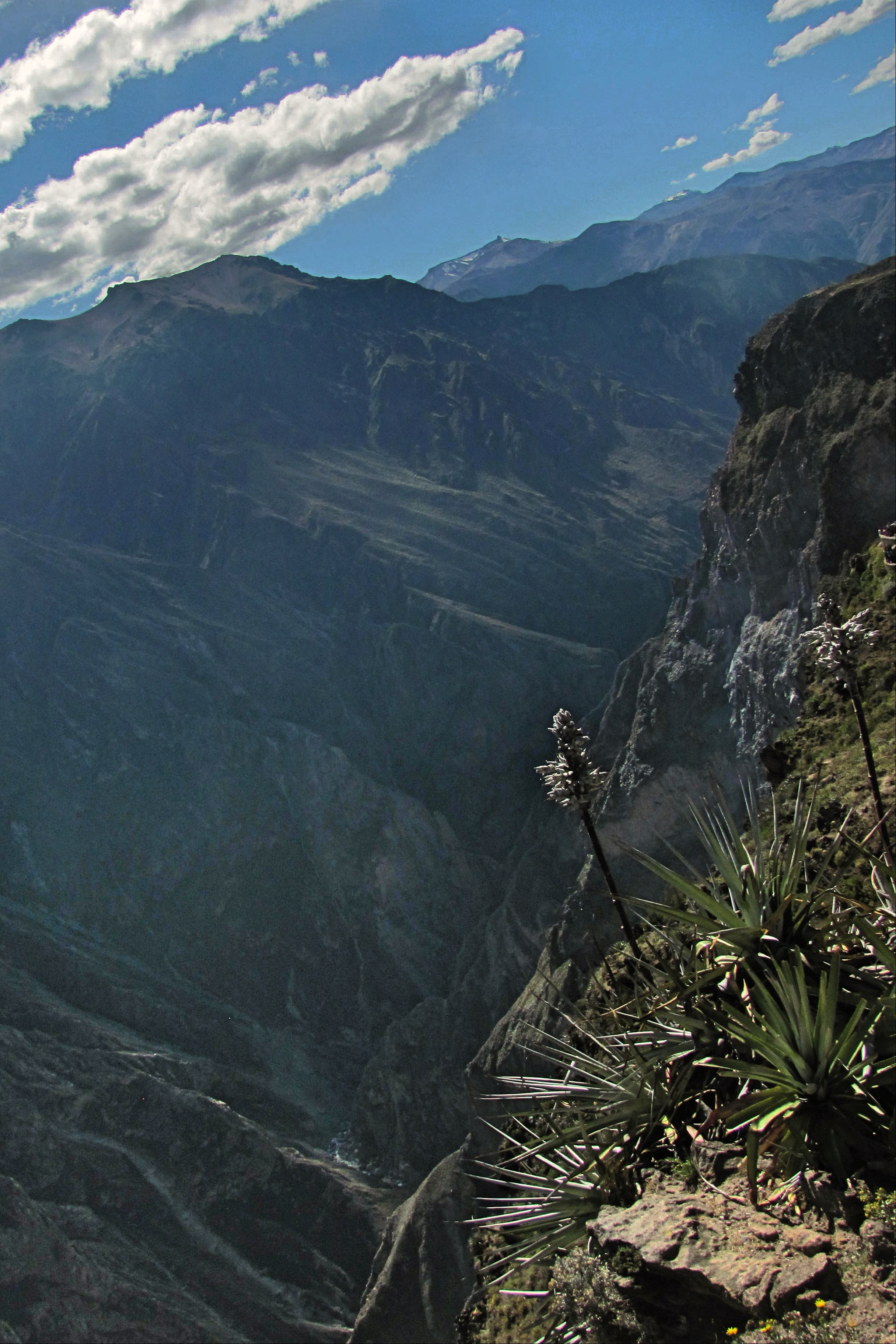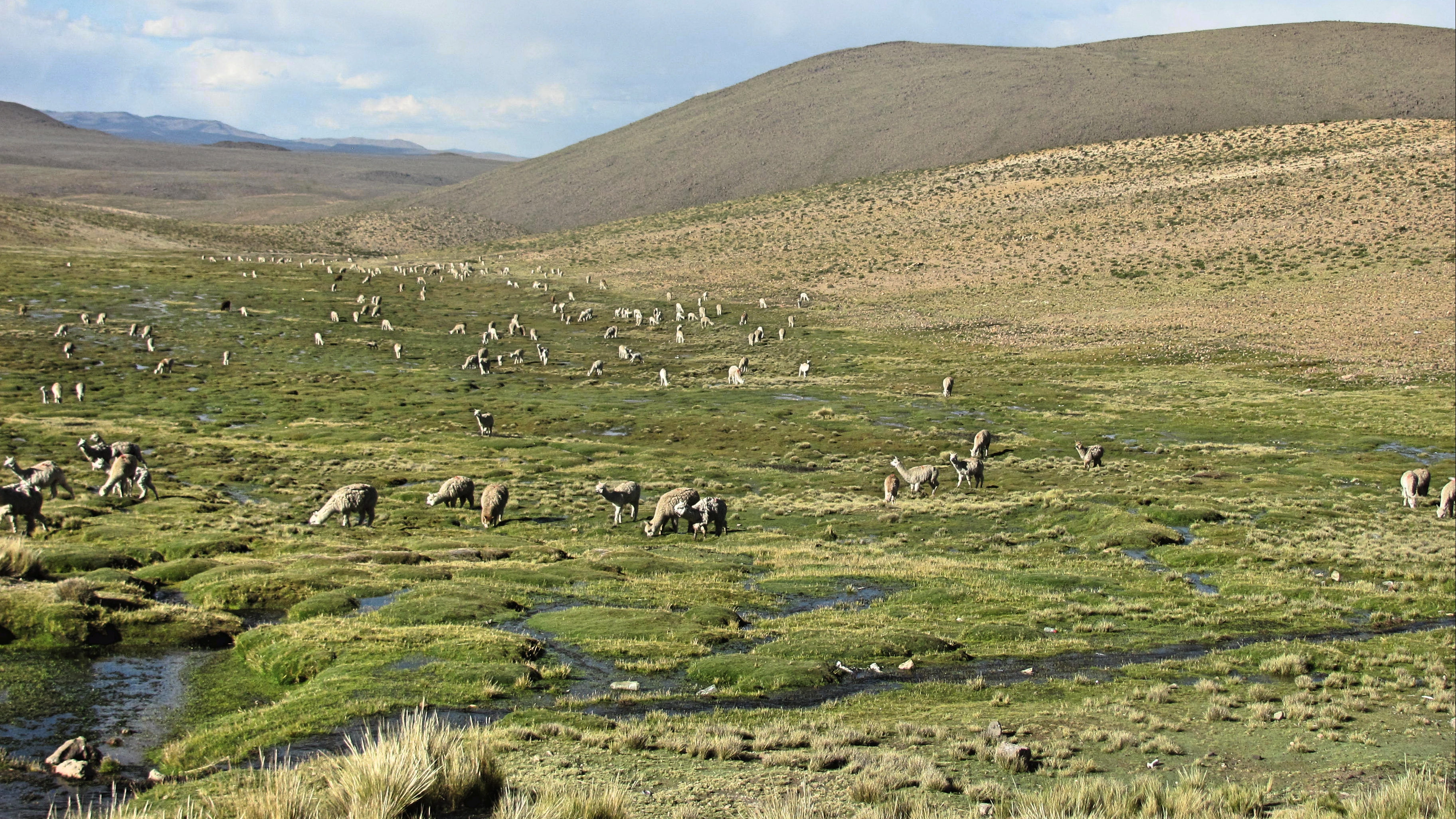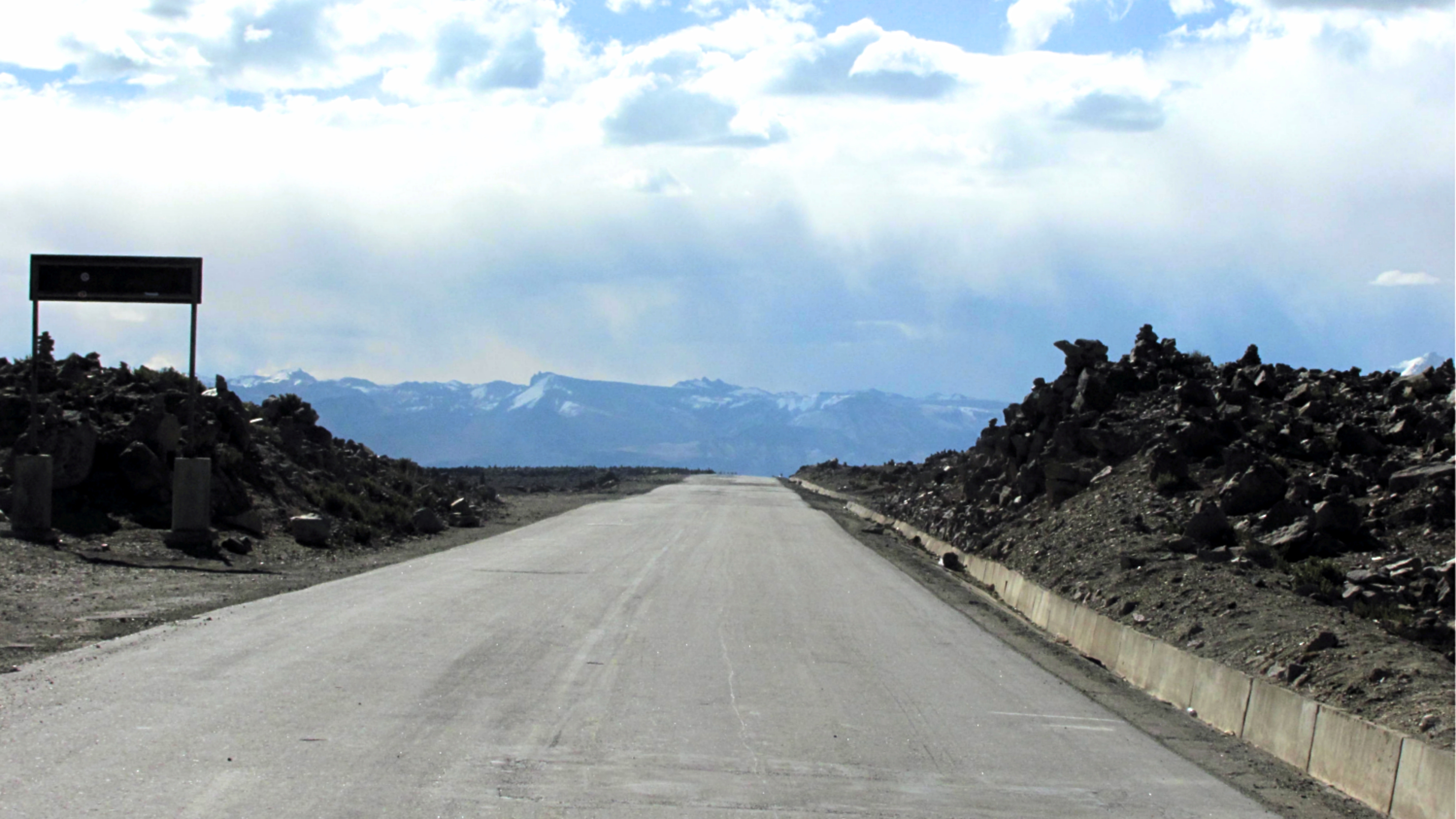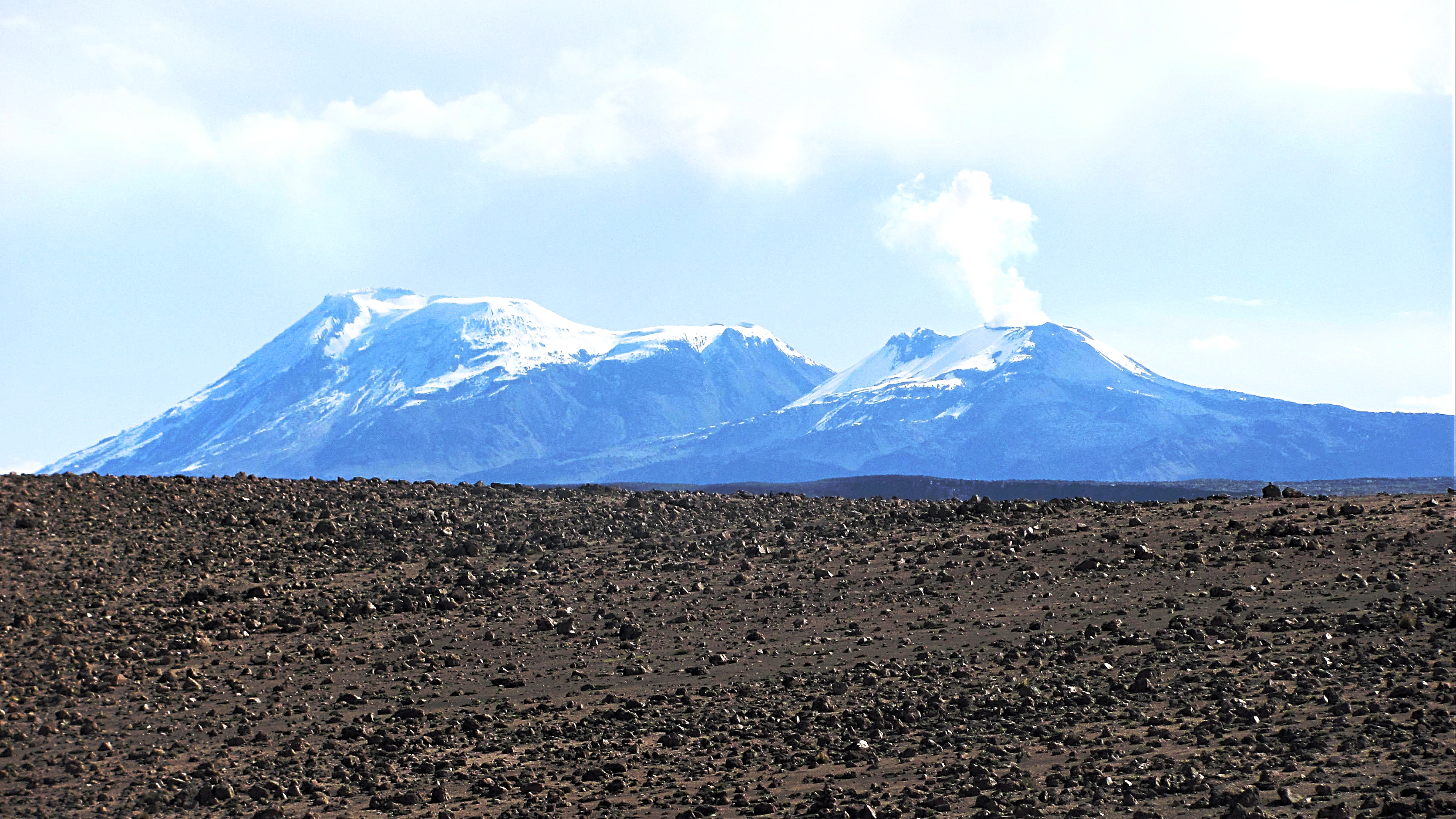A few hours drive from Arequipa, the second largest city in Peru, the Rio Colca has carved out the Colca Canyon. Twice as deep as the Grand Canyon and the second deepest canyon in the world. Only the nearby Cotahausi Canyon is deeper but very hard to get to. Just after sunrise Andean Condors use the updrafts to glide over the gorge and if you are lucky they soar over at only a few meters distance. The spectacle can be seen at ‘Cruz del Condor’ which makes for a very impressive sight. Taking a Colca Canyon tour is the most popular option for visiting. Going independent however, is way more rewarding.
– Why not to take a Colca Canyon tour –
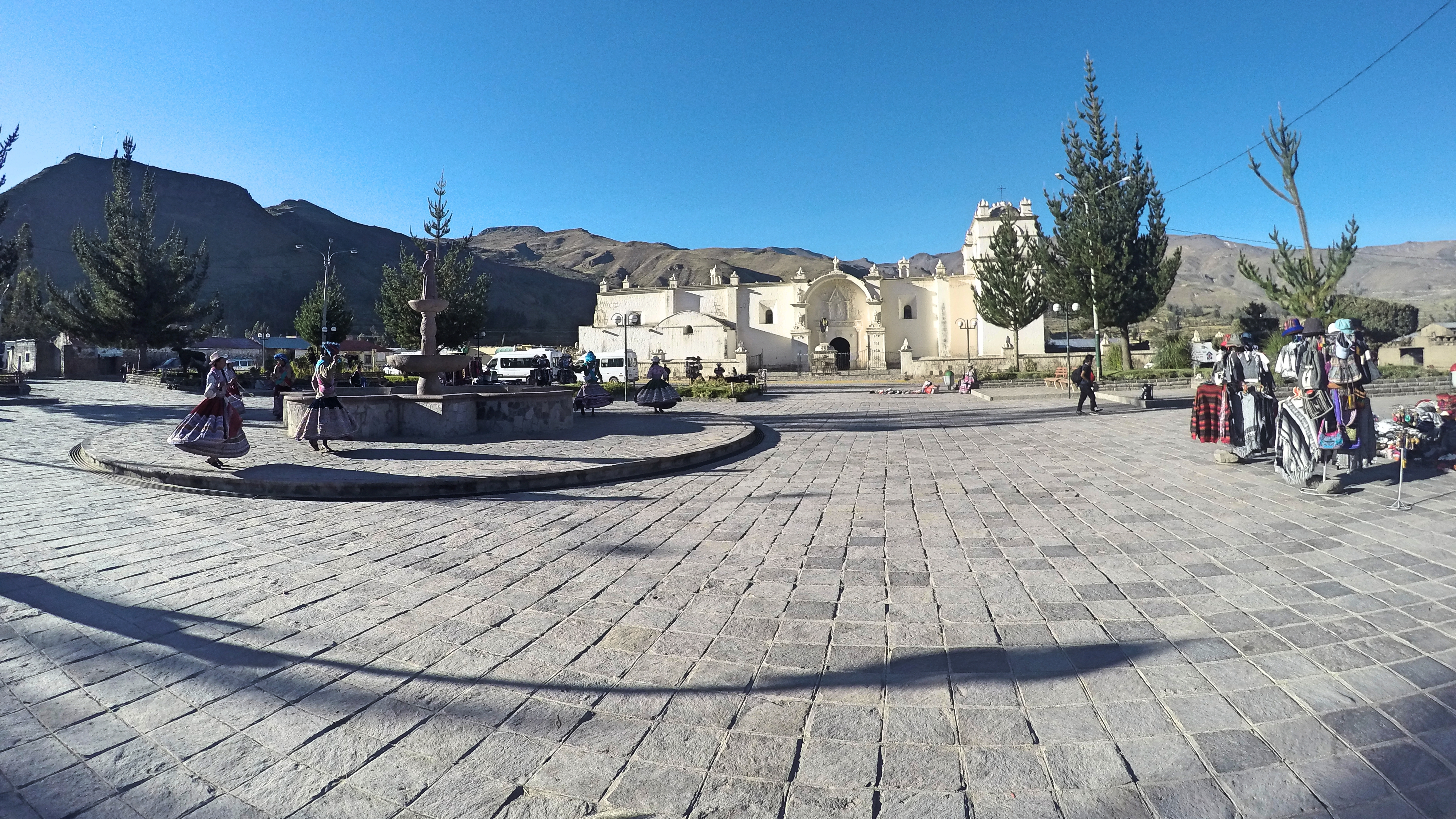
I flirted with the idea of calling this article ‘why NOT to take a Colca Canyon tour’ because simply put: that’s a dumb idea. I wish someone told me that up front. The typical Colca Canyon tour is offered as a day tour and this has multiple disadvantages.
For one it is about 160 kilometers one way from Arequipa. This means you will be in the bus for a good 5-6 hours. What makes the day tours really annoying though is that they make stops at villages that are so overly touristy and fake that I could almost not bring myself to get out of the van and snap a picture. At one point we arrived in a small village and the guide exclaimed: ‘Oh you guys are very lucky, it looks like we just ran into a traditional dance-party, look they are starting right now!’. What followed was a ten-minute performance in traditional wear after which they came begging for money. Given it was 7 AM the whole charade was painfully unbelievable. It also did not lift my mood when I realised I did not get up at 4 AM to get to the condors at the break of dawn but for this bullshit.
– How to explore the canyon without doing a Colca Canyon tour –
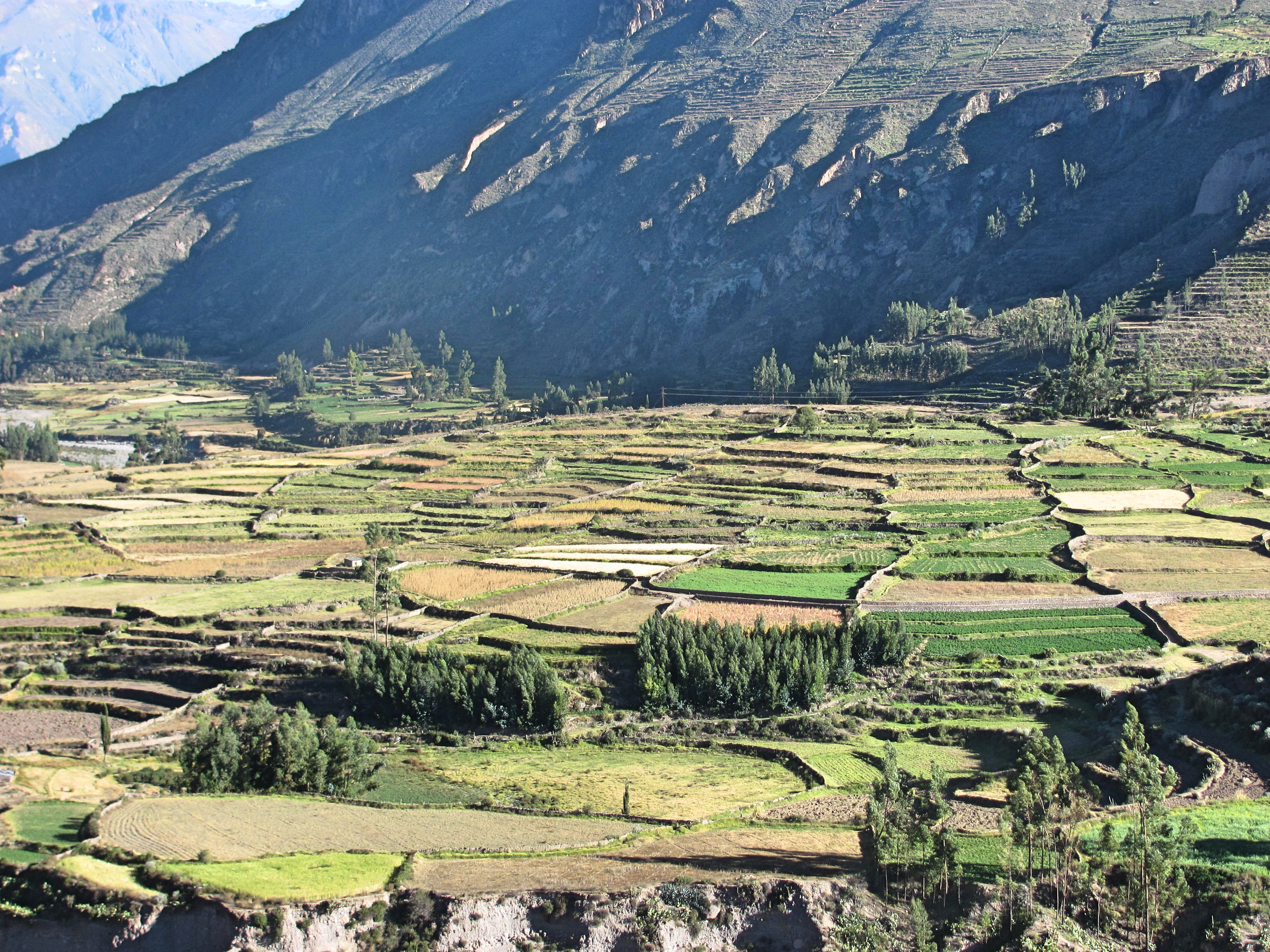
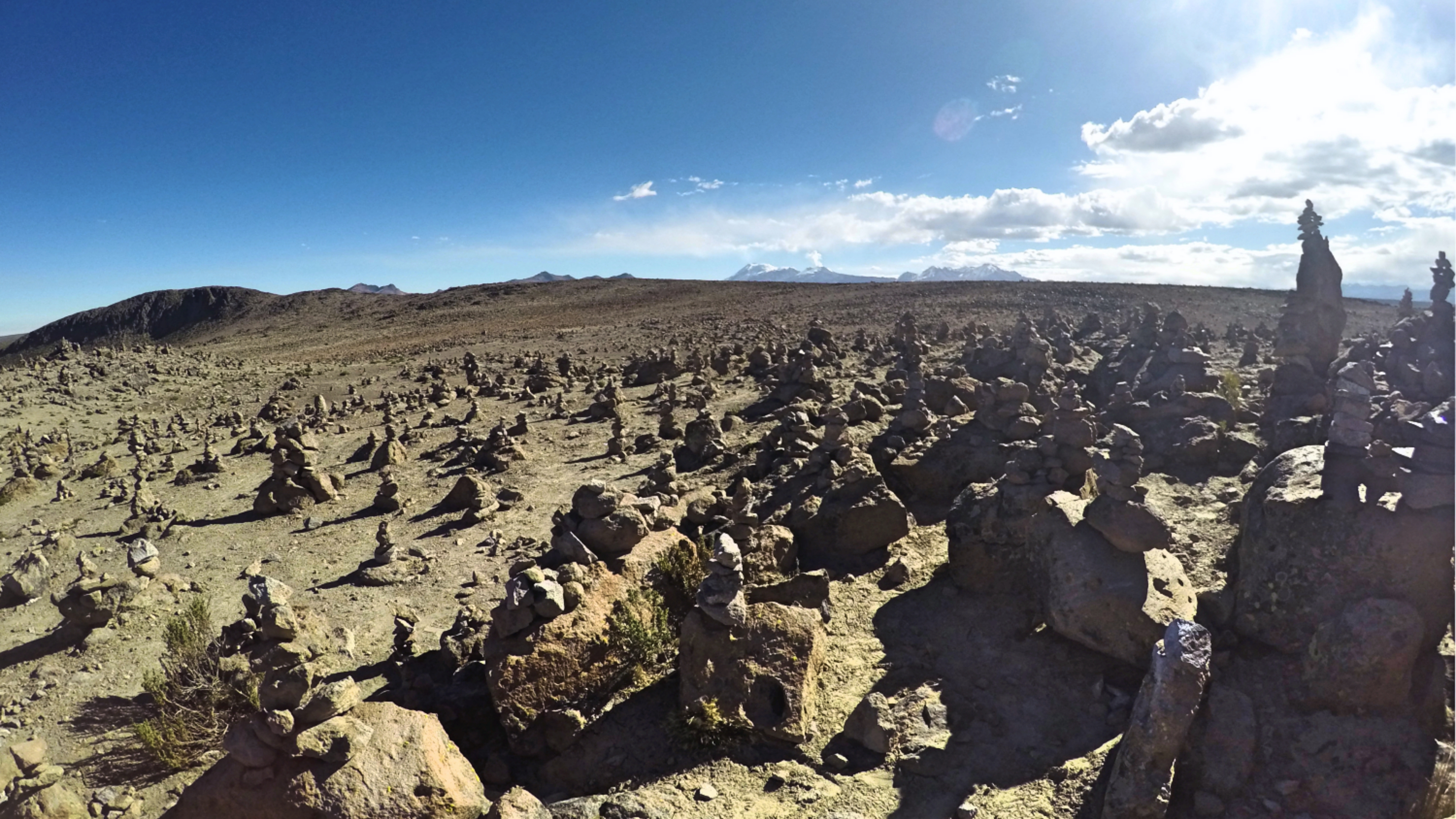
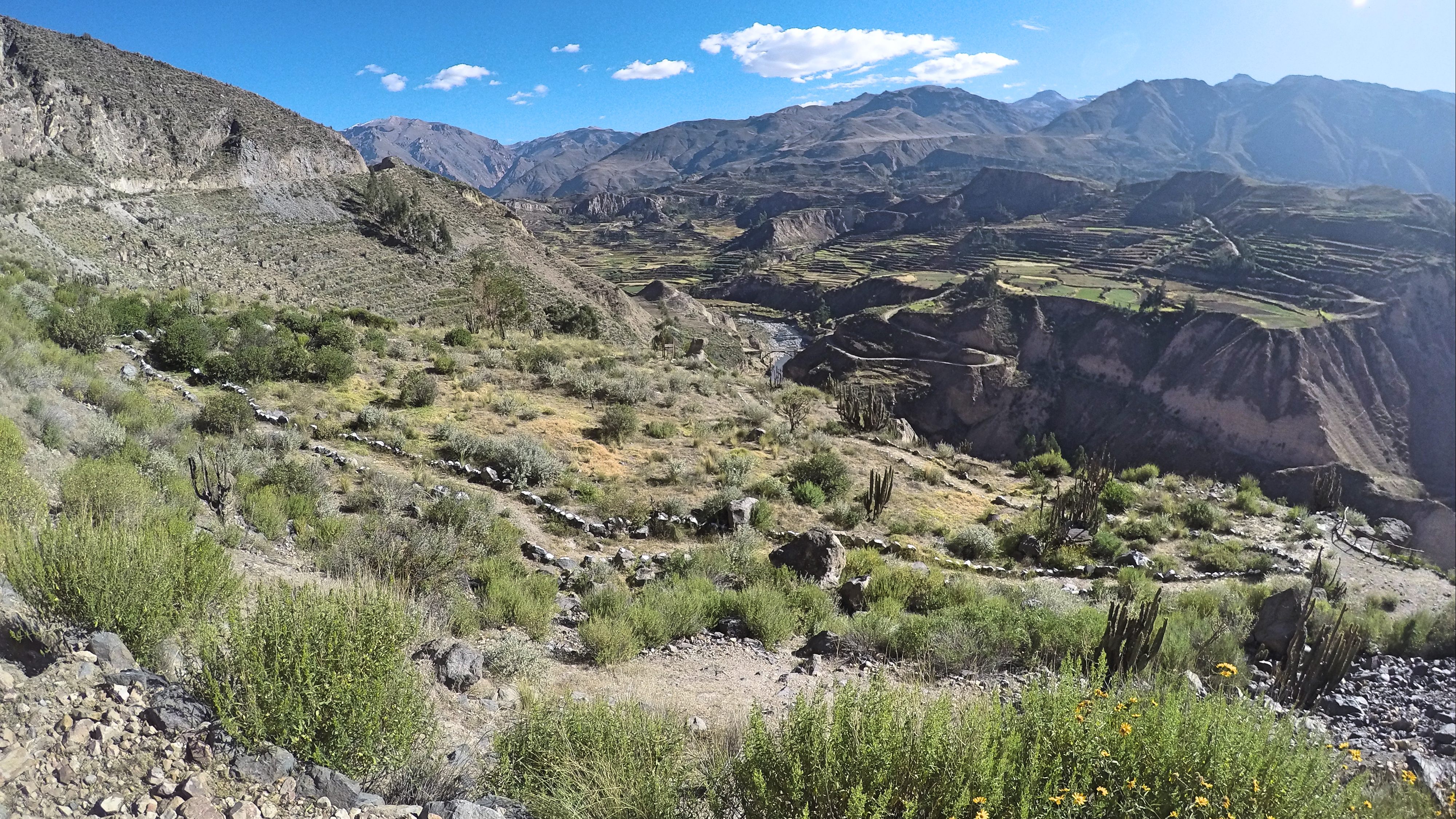
Option 1 is to organise a day visit yourself. Or you can take a bus or collectivo to the canyon. Thirdly you can do a 2 or 3 day trek. This one can be done independently fairly easily as the navigation is very straightforward.
Take into account that you are obliged to buy a boleto turistico that will set you back 70 soles per person. The cheapest option is to take the bus or collectivo but since you need to be at Cruz del Condor very early I recommend departing a day earlier. Stay the night at the nearby Cabanaconde which has a way more authentic feel than the busier and more popular option Chivay. A good option for accommodation is the cozy hostel Pachamama. The hostel also organizes down hill bike tours from Cruz del Condor. These make for an awesome way to see the condors and the Andean landscape without the effort involved in a multiple-day trek.
If you are keen on trekking anyways you can organise it from Arequipa, Chivay or even Cabanaconde. Booking closer to the source is usually cheaper and this is no exception. Consider the fact that with El Misti and Chachani, there are better trekking options in the area.
– Things to take when traveling to Peru –
There are a few items that I would pop into my bag for a trip to Peru. Firstly, always take many layers of clothing with you. Being in the Andres means that the weather switches rapidly. Be prepared for both sunshine and rain. But more importantly, be prepared for rapid switches in temperature. Thermals and swimming shorts in the same daypack? In Peru its not as weird as it sounds.
Fjallraven trapper hat
Even in the coldest nights on the altiplano you won’t get cold ears while wearing this trapper hat. It’s simply not possible. The big advantage of trapper hats compared to beanies is that they warm up your whole head instead of just the top and they fit tightly around your head, meaning you wont lose it while mountaineering in the Andes. Fjallraven Kanken is a Swedish premium brand that uses sustainable materials. Also their products just look damn good. It’s a little investment, but one that’s worth it.
Thermals
Besides wearing a warm hat or beanie, the best addition to your travel wardrobe is skintight thermal underwear. Super comfy, light, small to pack and it transforms any normal pants into super warm isolated pants. I value thermal underwear over a thermal shirt because to warm up your upper body you can simply stack all the shirts you are carrying on top of each other while stacking multiple pants is harder. Also your legs are not used to this added layer so wearing thermals will work wonders on the ‘feel temperature’. LAPASA thermals are designed for travel and come in at a very good price.
Power bank
The usefulness of a power bank is self-explanatory. Being able to charge your phone, tablet, camera, GoPro or e-reader on the go has made traveling so much easier. I use this particular power bank over a year now and its just perfect. The 20,000mAh provides my IPhone with about 5 charges, the double port means I can charge my camera and phone at the same time (or be a life saver for the person sitting next to me) and the LED torch in the middle is super useful when you try to find something in your bag on the bus in the middle of the night. The display is useful as well and tells you a whole lot more about the current charge compared to ‘3 out of 5 lights left’. Oh and it comes in at HALF THE PRICE of a Anker power bank. I have yet to find its flaws.
Lonely Planet
Because its just the best compact travel guide out there. I always take a lonely planet with me for its practical information, background on certain sights and for when I find myself unexpectedly off the beaten path in search of accommodation for the night. For me this is still the best way to read up on a destinations in long haul bus rides. You don’t need internet or battery-life which even on a luxurious bus in Peru can really come in handy sometimes;)
